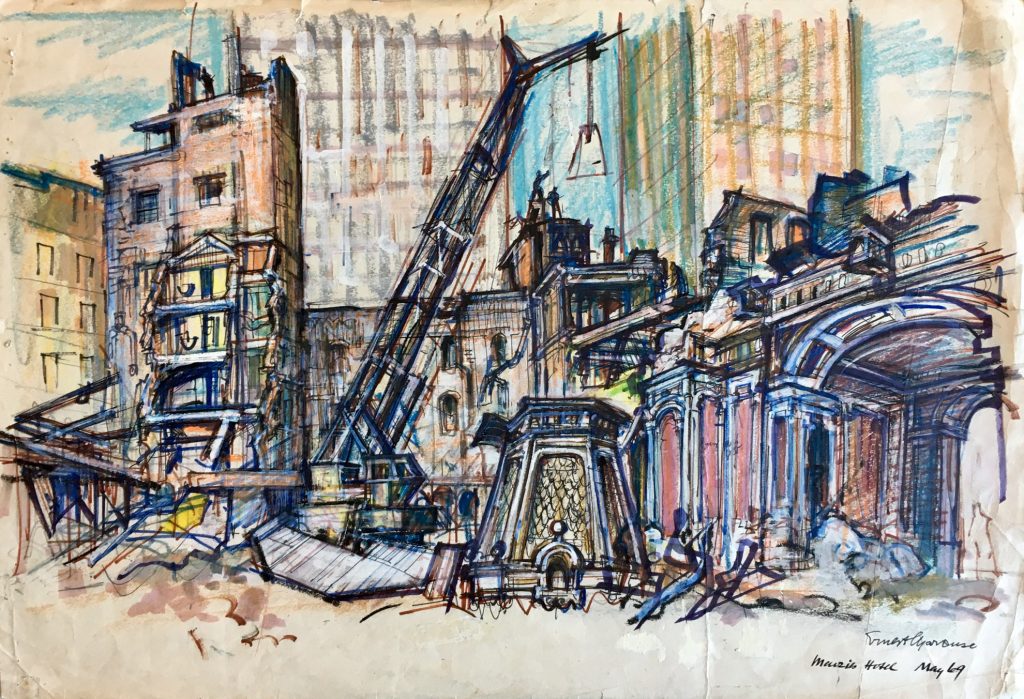Ernest Marcuse, drawings, 20th century Melbourne, Menzies Hotel, 1969, 1960s
Summary
Born in Berlin, Ernest Marcuse (1900–85) studied at the Berlin School of Interior Design & Cabinetmaking and at the Reimann School before working as a freelance commercial artist, specialising in architectural, industrial and figurative drawing. With the rise of Nazism in 1933, Marcuse’s ability to work freely in Germany was curtailed due to his Jewish heritage, and he soon left for Britain, where he met his wife. He arrived in Australia as a refugee in October 1939, but unlike many refugees during wartime he was not interned. His artistic talent recognised, he was allowed to pursue employment, and within a month he was creating illustrations for ‘The Argus’, focusing on war themes and events. From 1942 to 1945 he was in the Australian Army at Bonegilla (Vic.) and at Woodside (SA), where he created artwork and layouts for officer training manuals, work for which he was much praised by his superiors. Following the war, until 1969, he was a freelance commercial and graphic artist.
In this drawing, acquired in 2019, Marcuse records the demolition of the Menzies Hotel, an event that symbolises mid-century Melbourne’s physical and cultural transformation of the period. The Menzies Hotel, built on the corner of Bourke and William Streets in 1867, was one of the city’s few grand and elegant Victorian hotels, pitched at the high end of the market – appealing to both local and international guests. But like all but one of its peers (the Windsor Hotel), this dignified ‘grand dame’ became a casualty of its times. To quote historian Robyn Annear, despite the Menzies’ efforts to update – or perhaps because of them – ‘while [it was] still too staid for jet-setters, its mod contrivances drove its traditional clientele into the unswerving embrace of the Windsor Hotel’. Next came demolition.
